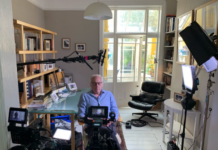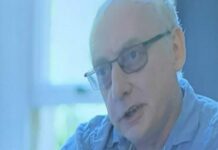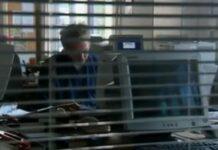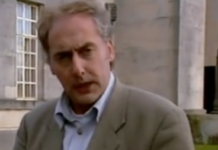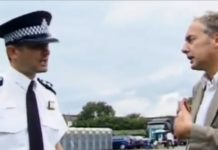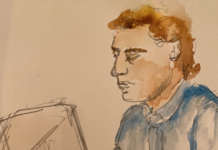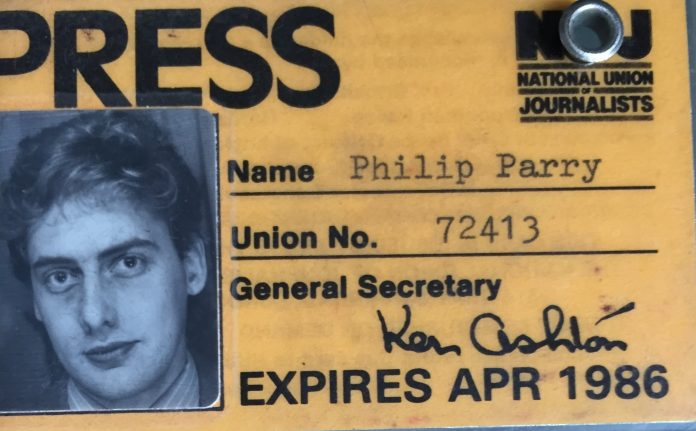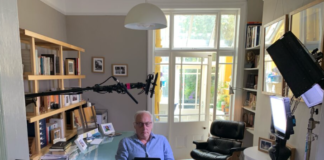- A year to forget… - 5th January 2026
- Programme not well produced… - 2nd January 2026
- Multi million pound Match of the Day! - 1st January 2026
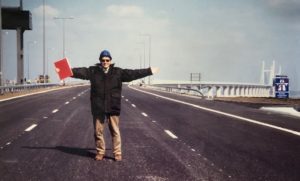
On The Eye our Editor Phil Parry has described how he was helped to break into the South Wales Echo office car when he was a cub reporter, recalled his early career as a journalist, the importance of experience in the job, and making clear that the ‘calls’ to emergency services as well as court cases are central to any media operation.
He has also explored how poorly paid most journalism is when trainee reporters had to live in squalid flats, the vital role of expenses, and about one of his most important stories on the now-scrapped 53 year-old BBC Wales TV Current Affairs series, Week In Week Out (WIWO), which won an award even after it was axed, long after his career really took off.
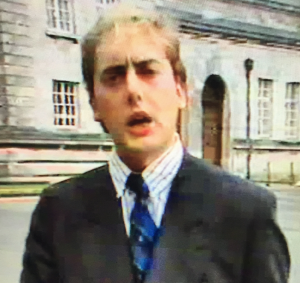
Phil has explained too how crucial it is actually to speak to people, the virtue of speed as well as accuracy, why knowledge of ‘history’ is vital, how certain material was removed from TV Current Affairs programmes when secret cameras had to be used, and some of those he has interviewed.
After disclosing why investigative journalism is needed now more than ever although others have different opinions, and how information from trusted sources is crucial at this time of crisis, here he shows that there could be a quick economic recovery after the lockdown.
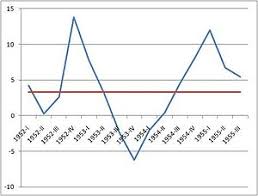
Even in the midsts of lockdown gloom there are grounds for optimism.
It doesn’t look that way at the moment because millions of people are out of work, financial markets have been rocked, and supply chains have faced major disruption as factories around the globe have closed.
The world is braced for recession even after governments and central banks have pumped trillions of dollars into their economies and slashed interest rates.
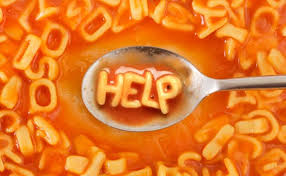
Ever since the crisis began there has been fierce debate about whether it would be a ‘V’ shaped recovery (rapid), ‘U’ shaped (less rapid), a ‘W’ shaped one (with two hits before it is seen) or ‘L’ shaped (not one at all).
But the economic recovery for Wales and the rest of the UK SHOULD (and I emphasise ‘should’) be ‘V’ shaped with a quick snapback once this is over.
In this V shaped recovery, economists such as Paul Johnson of the Institute for Fiscal Studies (IFS) believe that The Chancellor Rishi Sunak could “live with the additional debt” and that there would be no need to change tax and spending plans.
Figures point to a recovery like this.

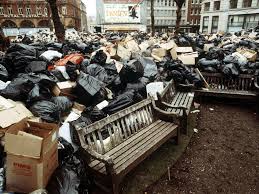
The last two recessions and recoveries, in 2008-09 and the early 1990s, are perfect ‘V’ shapes. The two earlier recessions, of 1980-81 and 1973-75, are less clear cut but consistent with the trajectory. 1980-81 is distorted by major events in 1979, when the economy came out of the winter of discontent and engineering strike.
The recovery of 1975 was briefly interrupted when inflation surged to nearly 27 per cent that summer.
A classic example of a ‘V’ shaped recovery happened in America in 1953 when the booming post-World War Two economy was upended by high interest rates. After a steep decline, growth was soaring again just over a year later.
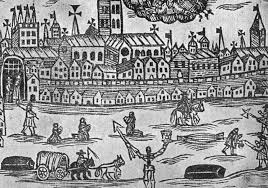
The fall is even greater this time – economic activity in the UK is at its lowest point since the Great Frost of 1709 – but the recovery is more likely to follow the historical pattern.
By the middle of the year, if we take the Bank of England’s recent scenario, Gross Domestic Product (GDP) will be about 30 per cent down on a year earlier, and by September, as some activities come back from the lockdown, it will be slightly less than 30 per cent down, and similarly for December.
Yet as we move into next year, comparing with the very weak first half of this year, the annual growth rate turns decisively positive.
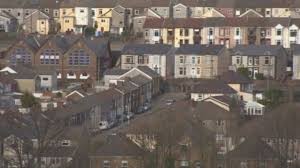
Wales is likely to follow in the wake of the rest of the UK in this recovery, albeit more slowly.
At the end of 2018 regional Gross Value Added (GVA) tables show, that on average workers in Wales generated £19,899 per head (GVA calculates the value of what we produce in terms of services we give and the things we make at work).
The GVA in Wales grew by 2.7 per cent in 2017 – slower than in Scotland, Northern Ireland and England – while average growth across the UK was three per cent.
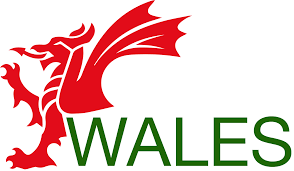

And some economists looking at the UK as a whole, would prefer to examine not growth rates of GDP but at LEVELS.
In other words, how long does it take to get back to the start of the downturn?
Yet the 80s and 90s saw huge structural changes to the economy of Wales and other major industrial areas, with employment less reliant on manufacturing or extractive industries, and more concentration on services. These are more resilient.

Across the UK, in the recession of the 1970s, the levels took just over three years to return to what they had been, during the early 1980s they took exactly three years and the early 1990s just under three years.
The exception was 2008-09, and the recovery from the global financial crisis, when it took five years.
The consensus among economists is that it should not take so long this time, and that we will be back to 2019 levels of GDP by 2022 or 2023.
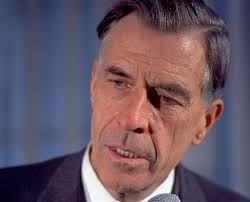
But witnessing a full recovery in employment is trickier.
The UK has never got back down to the 3.5 per cent unemployment rate at the start of the 1973-75 recession.
It took 21 years, a period that included the high-unemployment of the 1980s, to return to the unemployment low point of 5.3 per cent before the first Thatcher recession of 1980-81.
Yet even with the jobs outlook looking bleak (not least in Wales), history shows that the economic recovery should be relatively quick.
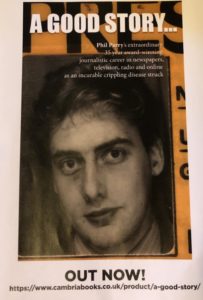 No one really knows though.
No one really knows though.
In the words of the late, great, economist JK Galbraith: “The only function of economic forecasting is to make astrology look respectable”.
Phil’s memories of his astonishing 36-year award-winning career in journalism as he was gripped by the incurable disabling condition Hereditary Spastic Paraplegia (HSP), have been released in a major new book ‘A GOOD STORY’. Order the book now!
If you need something to keep the children entertained during these uncertain times (in Welsh) try Ffwlbart Ffred about the amusing stories of Ffred and his pet.

